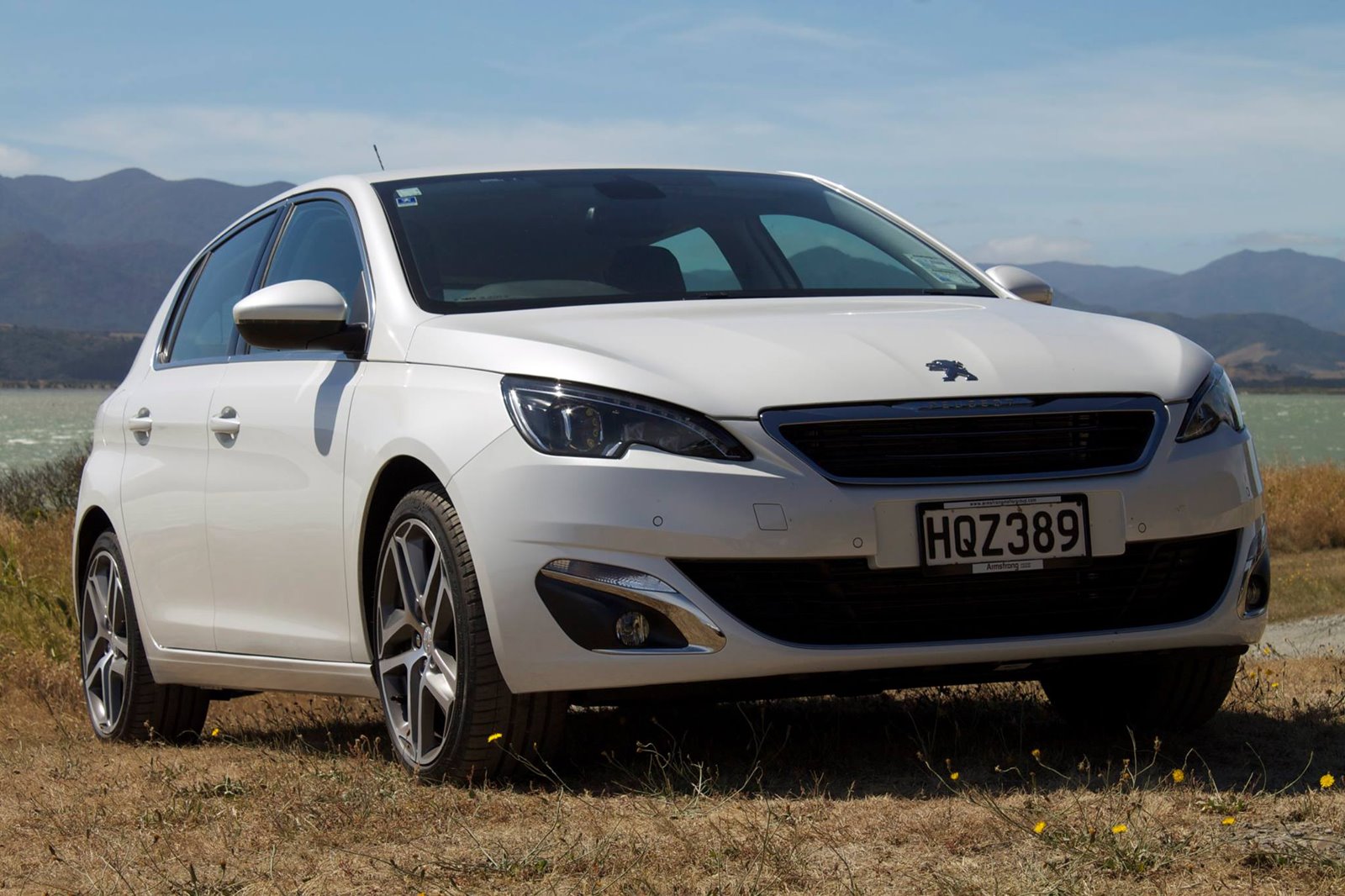
A confessed Francophile when it comes to cars, Jack Yan gets behind the wheel of Peugeot’s award-winning 308, in its flagship Allure 2·0 Blue HDi guise, and discovers a very complete, compelling entry
photographed by the author and Yvonne Tucker
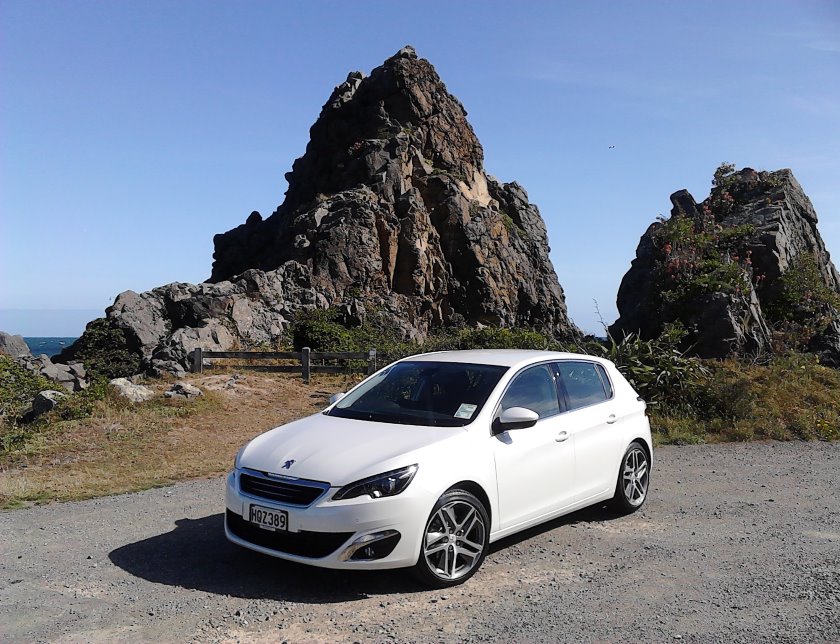
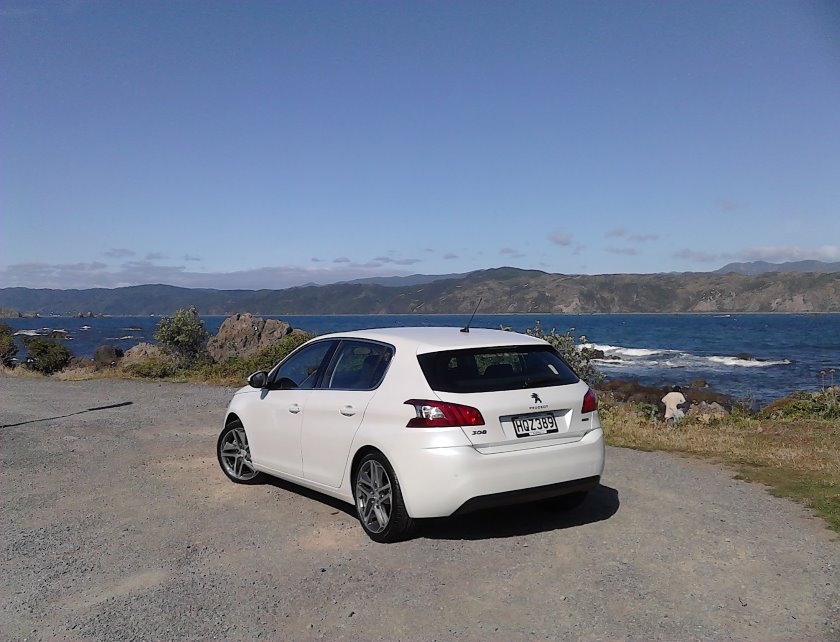

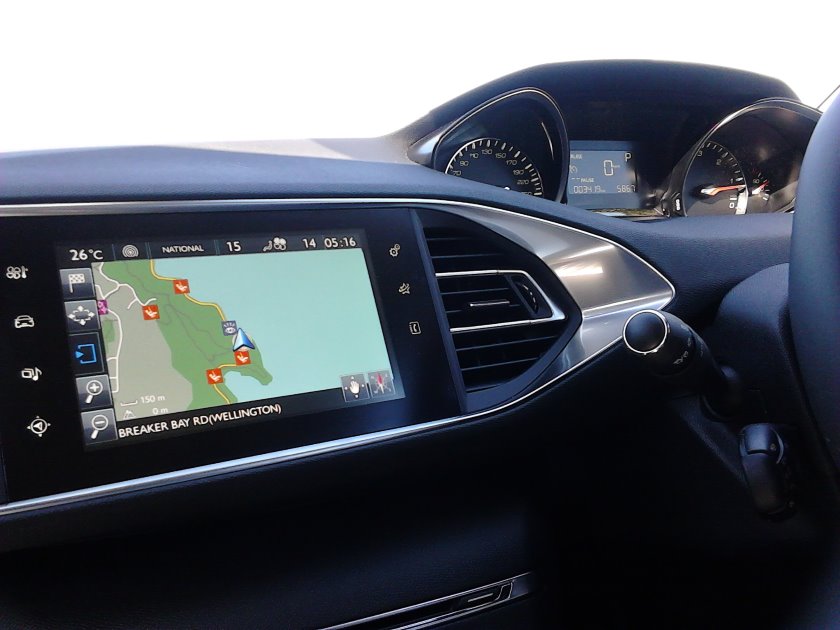
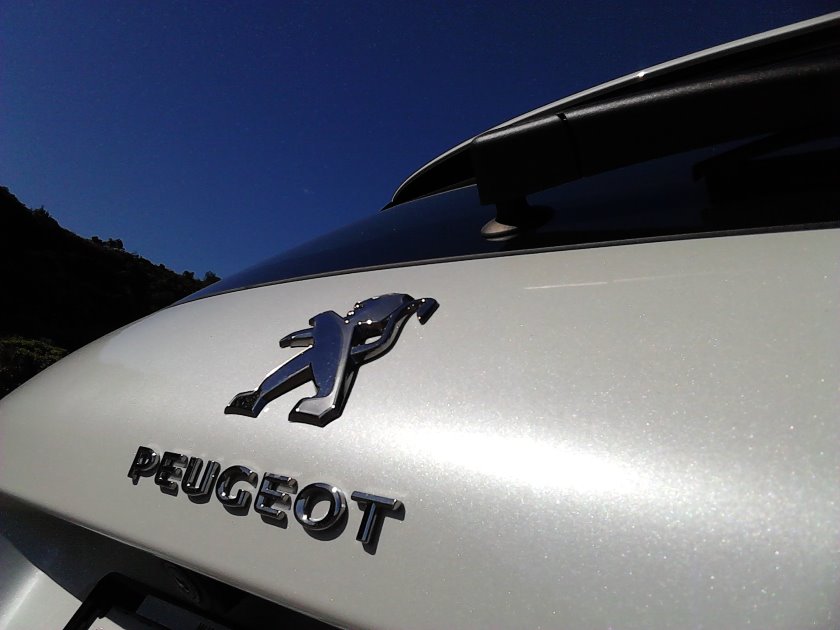
Like a pearl Peugeot’s 308 premium design gives its owner a sense of pride
Jack Yan is publisher of Lucire.
Peugeots have regularly appeared in my family’s motoring history for decades, and long before Lt Columbo drove his 203 cabriolet on screen in the old US TV series. My Dad recalls a chauffeur-driven 404 when he got himself a posh job in Hong Kong—the one with fins, he remembers—whereas I bought a 307 HDI a decade ago as my main means of transport on the Continent. I’ve had experiences with everything from a 504 Familiale through to a friend’s mother’s 309 at high school, then a bunch of 205s, 405s, 106s, a 206 GTI and the old 308 SW. The one thing that unites all of them: a sense of Gallic restraint, in contrast to the flamboyance at Peugeot’s sister brand, Citroën.
Of course you can point to the 205 GTI and the 405 in the 1980s as the brand’s true heroes, cars beloved of enthusiasts, which Peugeot itself keeps saying it harks back to whenever new models come up. Recent 208 GTI advertisements in France parodied the original 205 GTI’s, acknowledging the hallowed ground the company’s original hot hatch occupied. But these were exceptions among the last two generations. Peugeot has been down-to-earth most of the time, with occasional glimpses of something special (the RCZ roadster, for instance), managing to get itself one of our Car to Be Seen in accolades (the 307 CC, in 2003).
You can’t help but feel the engineers at Peugeot want to flex their muscles. In the old days they would lavish it on style, with the 504 Cabriolet or the 406 Coupé; these days it’s on those special details that make living with a Peugeot a cut above the rest.
The new 308 is such a car. Already the Car of the Year in Europe for 2014, the 308—which, unlike previous Peugeots, retains its predecessor’s number—is practical and restrained on the outside. But when you live with it, as Lucire had the opportunity to do, it’s one of the most rewarding and solid entries in the C-segment for years.
I was prepared to be sceptical. The 208 and 508 set a new stylistic direction for Peugeot as the 2010s dawned, but I had reservations on how those design cues were translated for the 308. The previous 308—T7 to use the internal code—was considered ugly by some, too out-there for the buyers in the segment who flocked to Golfs instead. This must have been a disappointment for the French company, and the new 308, or T9, seemed like a massive overcorrection when the photos of it first appeared in the media. Where was the Frenchness? There were angles in which the 308 appeared, dare I say it, Germanic, a point which Citroën itself played on when it launched the second-generation C5 in Britain. And I’ve always bought French cars: I’ve always “got” them.
The good news is that, in the metal, the new model blends the best of both worlds. It has the solid look that seems to mark Germanic design—thanks to the sizeable C-pillar—but, fortunately, the stylists have delighted in details, from the Peugeot script nearly hidden in the grille, the indents in the the front and rear light shapes, the proud badging on the back. The shape is, overall, inoffensive, but with the alloy wheels of our Allure 2·0 Blue HDi test car, the impression is very smart. (Allure is the highest spec, above the Access at the base level and Active in the middle.) If the style of a car is meant to elicit pride of ownership, then the 308 succeeds: there’s a premium feel, belying its NZ$42,990 price.
However, it’s inside where the designers have truly triumphed. The smaller steering wheel is the first thing you notice, a feature that débuted with the 208. Peugeot’s idea is that by having a smaller wheel, the dials can perch on above. It makes perfect sense, but, more importantly, it works. The binnacle for the dials recalls the trapezoidal shape of the lights outside—a clever touch that shows how style-led the French are—while the digital display that is in the centre is sharp, regardless of lighting conditions. The type on the dials is actually not that small when you consider that they are not recessed as far in as with other cars; and you depend more on the digital speedometer anyway.
The smaller steering wheel is perfectly sized. It’s easy to hold, with comfortable Nappa leather, and neatly designed with its stitching. Its only down side is that it makes a conventional steering wheel seem all of a sudden clumsy. Multi-car families may find themselves having to get another Peugeot to complement the 308.
The steering wheel controls are easy to work out (volume and mute, and media source on one side; going through menus on the other along with a button for telephone controls) as is the cruise control. In terms of usability, it has been well thought out, as you would expect a family car to be.
The centre console is an exercise in minimalism and modernism. The touch-screen heads it; beneath is an asymmetric CD unit with a single button, and window demister and hazard light buttons at the bottom. Everything else you need is controlled from the touch-screen.
The 9·7 in display (if you count the surrounding buttons) allows you to access all the car’s functions, from the air conditioning to the audio. The Bluetooth phone connection is easy to get used to: given that this is our first Peugeot on test for several years, it’s particularly good news. It means that most first-timers can figure it out without reference to the manual. The sat-nav is also simple to use. Essentially: if you have a modern cellphone, this will present no problems.
As with the other aspects of the car, there is delight in the details. Get to the sound menu, and you can control the noise the indicators and other functions make, including a bizarre one that suggests an African tribal inspiration. The standard Jukebox has a selection of songs programmed in—all pleasant, easy-listening fare—much like how a phone comes pre-installed with apps and some freebies. If you really want a pièce de résistance to impress people, an extra NZ$3,500 will get you heated massaging seats on the Allure, a feature which we didn’t have in our test car, but one which we associate with the likes of the Mercedes-Benz S-class.
The overall feeling is one of luxury: Peugeot has put plenty of soft-touch materials inside, and used the right colours, lifting the interior ambience markedly from the T7 and, perhaps importantly in its national rivalry against Renault, scoring a convincing win against the previous, pre-facelift Mégane III that we had tested. It’s a comfortable place to be. I can’t rave enough about the interior design, and it’s here where Peugeot has clearly retained a spirit of French innovation, and the effect is smarter than the conservatism of, say, Toyota or Volkswagen.
On the road, the 308 sparkles on its new platform. In addition to regular urban usage, we took it to Cape Palliser in the Wairarapa, finding twisty B-roads to see how good the chassis is. It’s lighter than the T7, according to the specification sheet, and it certainly felt more capable, both in power and handling. The 2·0 diesel delivers 150 PS, with plenty of low-end torque, and it’s one of the smoothest units we’ve encountered. Manufacturer figures say the engine emits 139 g/km of carbon dioxide: for a two-litre, this is creditable. In our test, we managed a very impressive 46·3 mpg (Imperial) (6·1 l/100 km)—with petrol prices creeping up again, this is welcome news.
With 140 kg less weight to pull around, and a stiffer body, the 308 proves very responsive to sudden manœuvres and tricky corners. Peugeot has struck a keen balance between ride comfort and handling prowess, and it has worked—and I even detect, at the limit, some of the chassis genius that made the 205 and 405 such stars in their day. It is more safe than fun—the latter will no doubt be left to the GTI when that is released later—but that is exactly where Peugeot has targeted its new model. If you recall the car chase scene in Lucy, where Scarlett Johansson also pilots a new 308, that, too, looked more safe than fun for the driver.
As a family hatchback, the 308 succeeds, especially for those who appreciate a bit of extra tech inside. It’s for those who appreciate the details and don’t want to be outwardly showy about it. The traditional Peugeot restraint is still there: after all, some of us prefer to quiet than loud and brash. And if you still need a fashionable reason to buy one, tell your friends that it was Scarlett’s choice. •
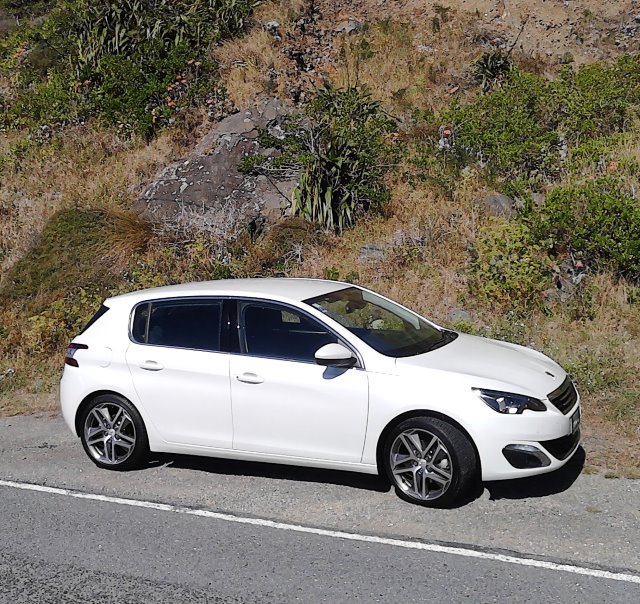
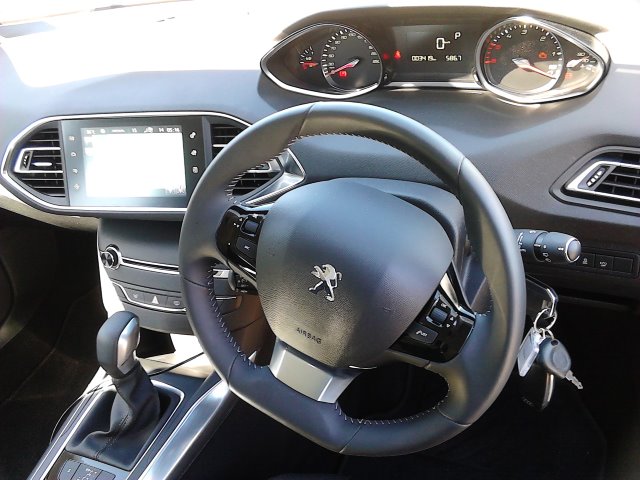
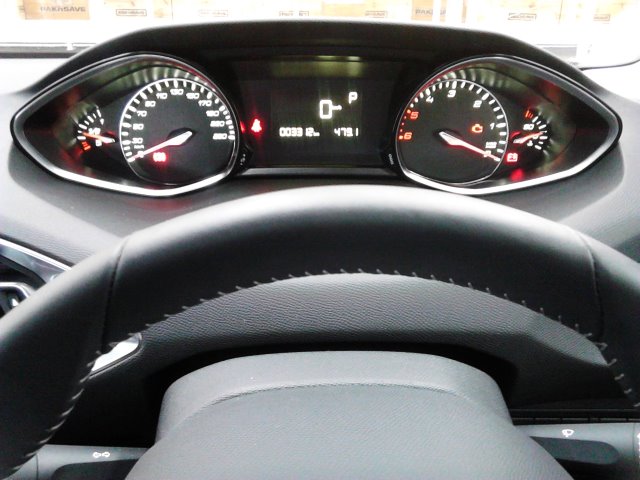
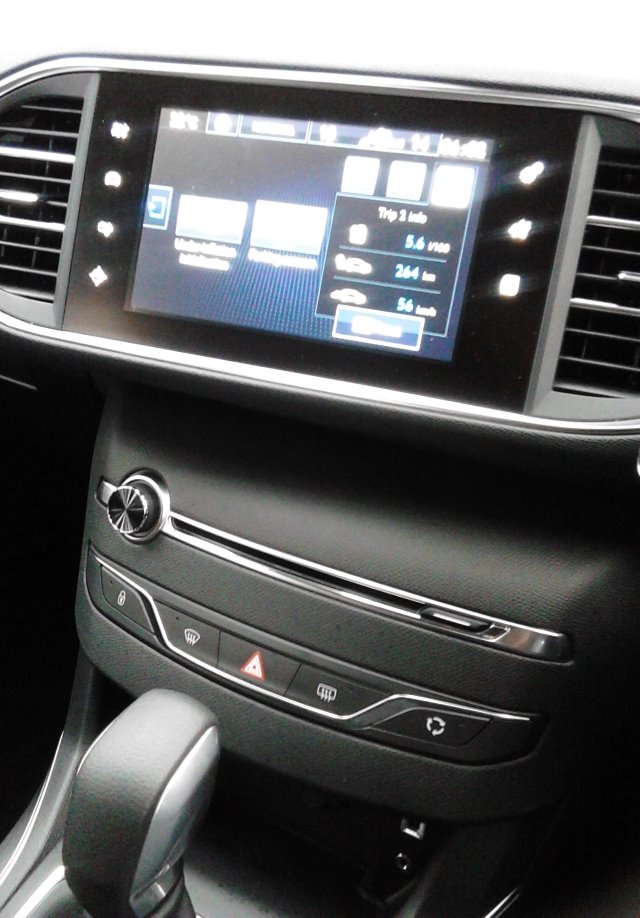
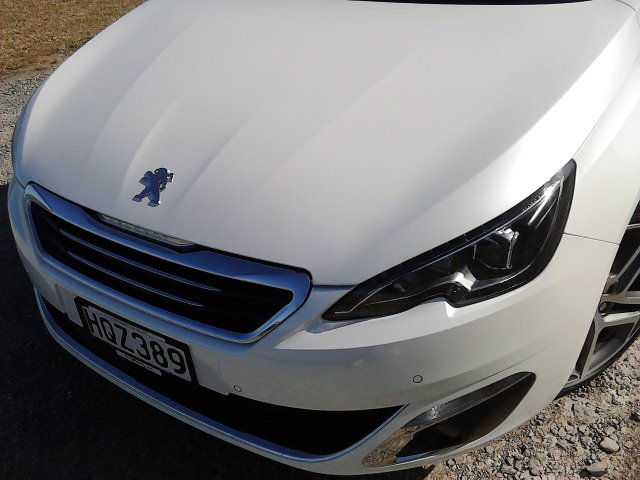
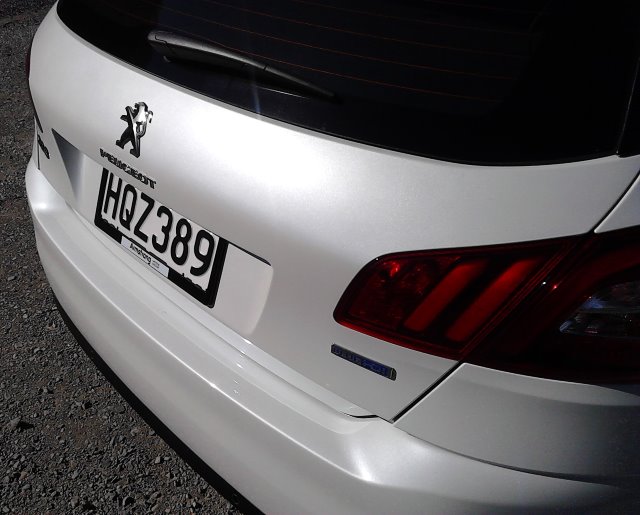
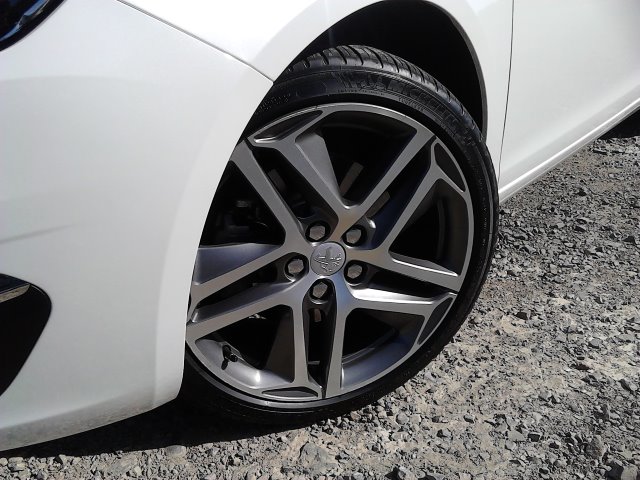
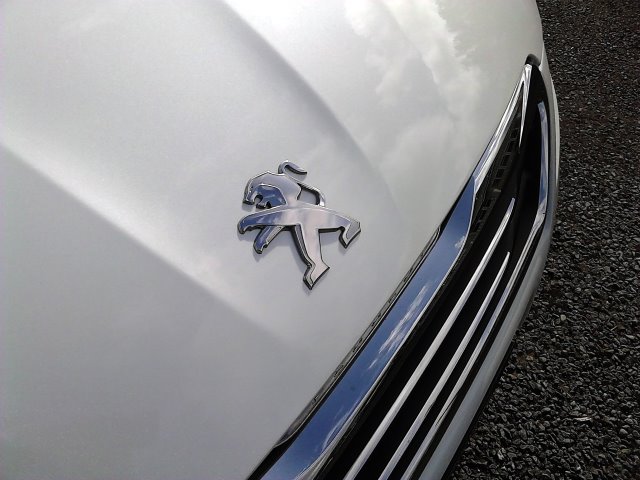
The details that matter Peugeot might have toned down the Frenchness outside, but inside, the 308’s a cut above its rivals
Related articles hand-picked by our editors
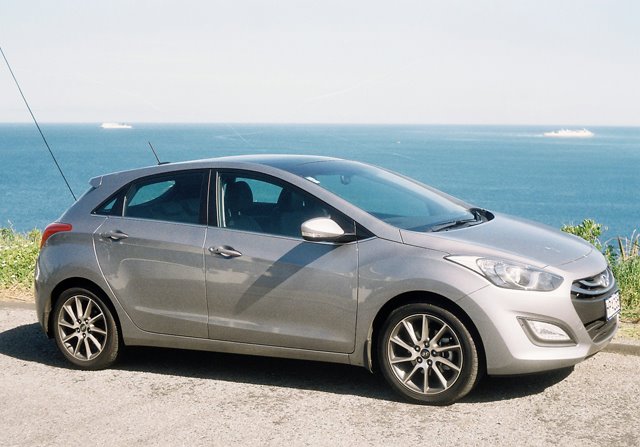
Building character
Jack Yan hops behind the wheel of the
Hyundai i30 Limited to see if the Korean giant delivers substance
in addition to its latest model’s style
photographed by the author
excerpted from issue 34 of Lucire

One for the money
Laden with extras, the BMW 116i Innovation Edition presents a particularly good deal at the German range’s entry level, writes Jack Yan
photographed by the author
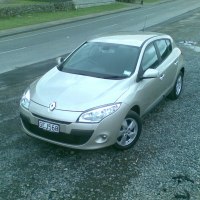 The sensible choice
The sensible choice
Renault’s third-generation Mégane does everything competently—making it the choice for those whose heads rule their hearts, says Jack Yan
photographed by the author
Advertisement
Copyright ©1997–2022 by JY&A Media, part of Jack Yan & Associates. All rights reserved. JY&A terms and conditions and privacy policy apply to viewing this site. All prices in US dollars except where indicated. Contact us here.